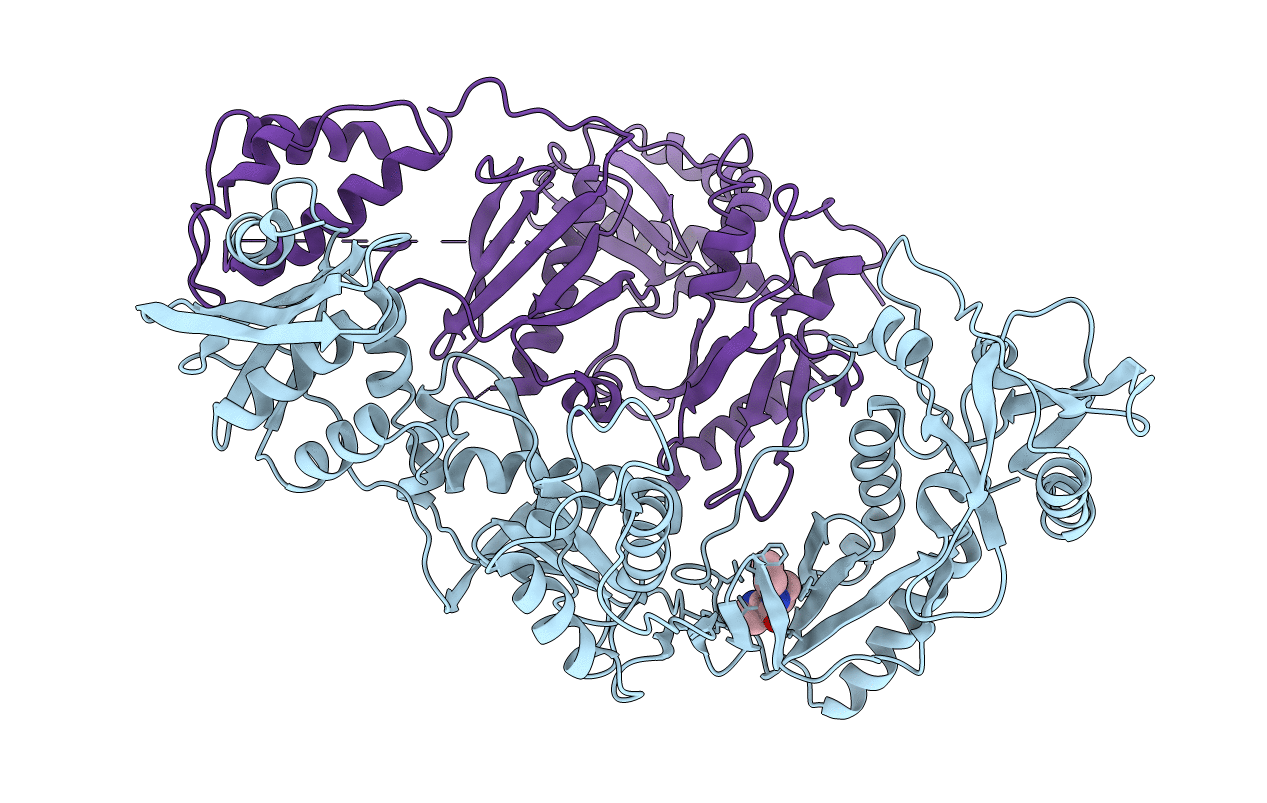
Deposition Date
1994-07-25
Release Date
1994-10-15
Last Version Date
2024-02-21
Entry Detail
PDB ID:
3HVT
Keywords:
Title:
STRUCTURAL BASIS OF ASYMMETRY IN THE HUMAN IMMUNODEFICIENCY VIRUS TYPE 1 REVERSE TRANSCRIPTASE HETERODIMER
Biological Source:
Source Organism:
Human immunodeficiency virus 1 (Taxon ID: 11676)
Method Details:
Experimental Method:
Resolution:
2.90 Å
R-Value Work:
0.26
R-Value Observed:
0.26
Space Group:
C 1 2 1


